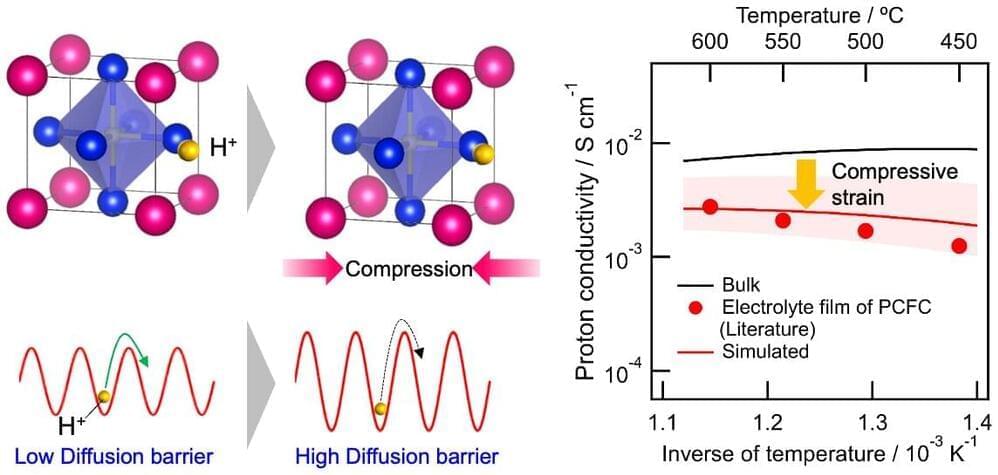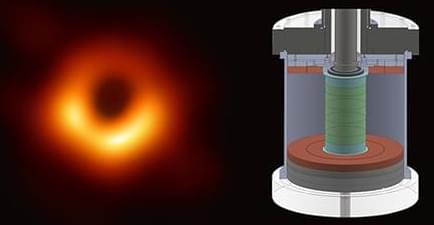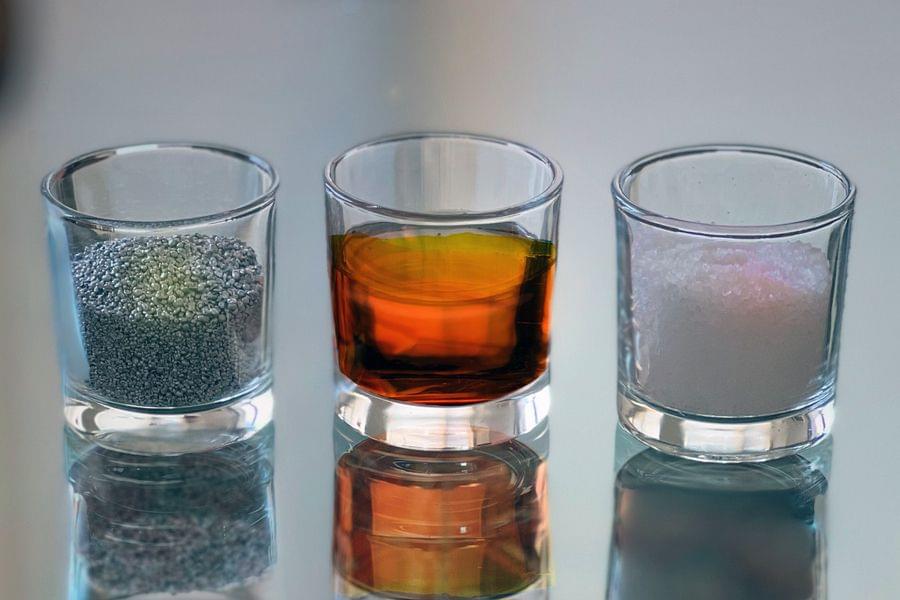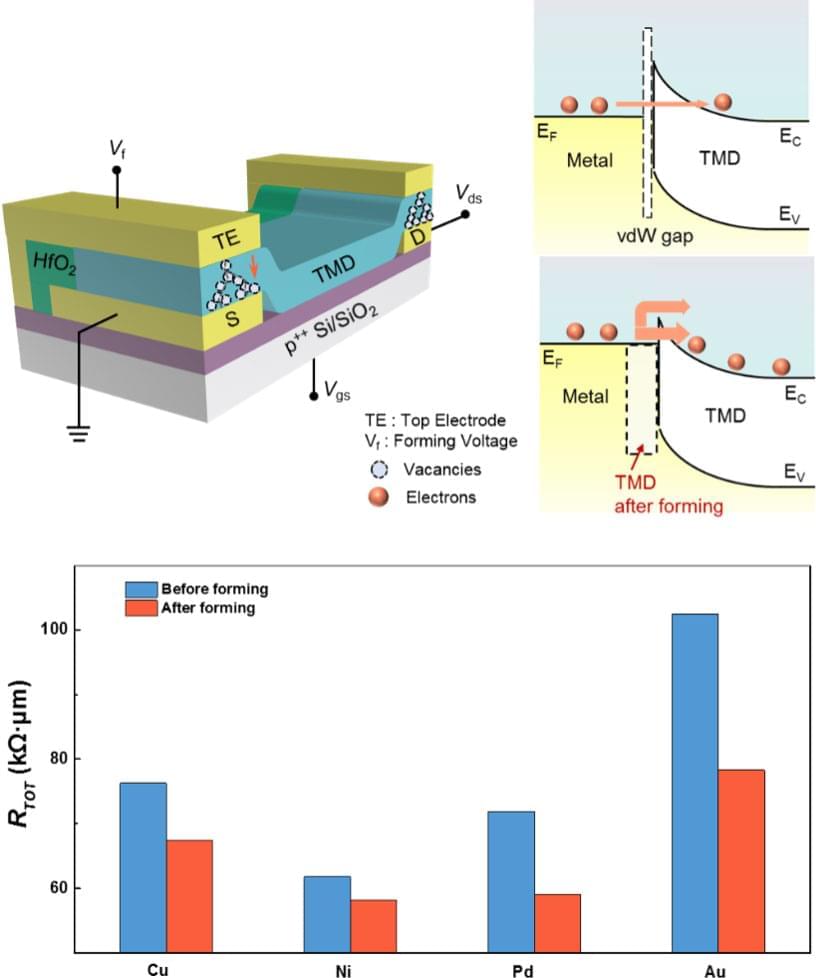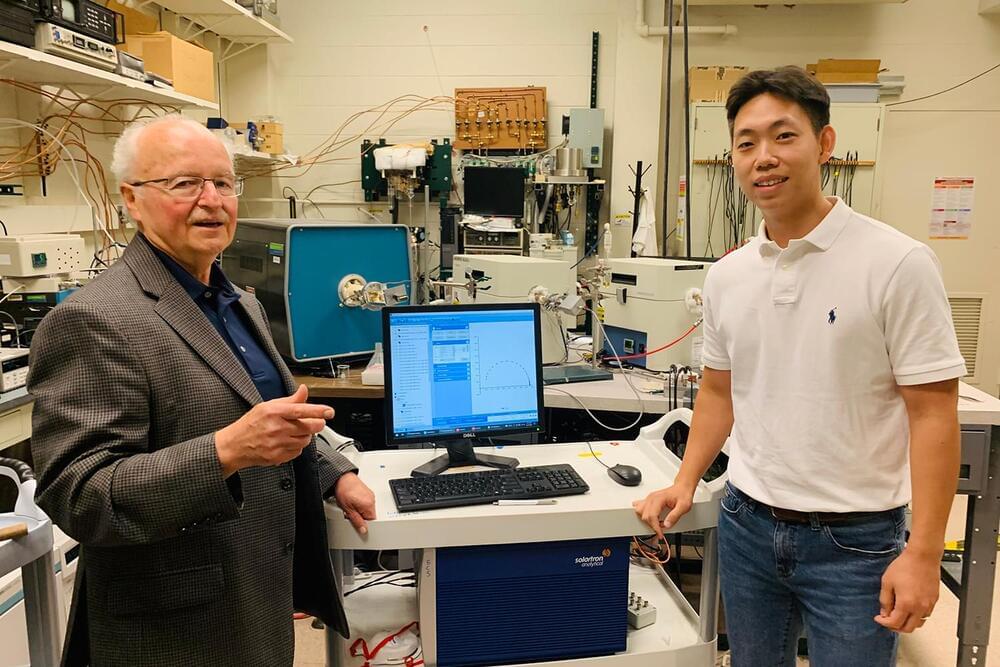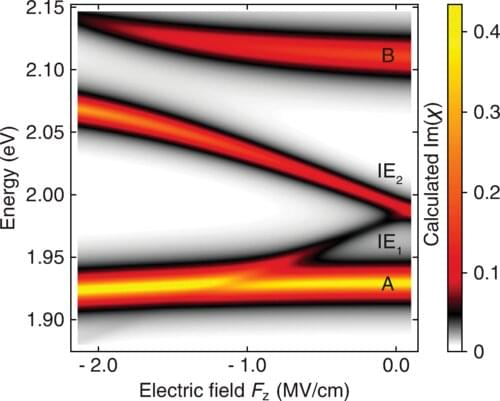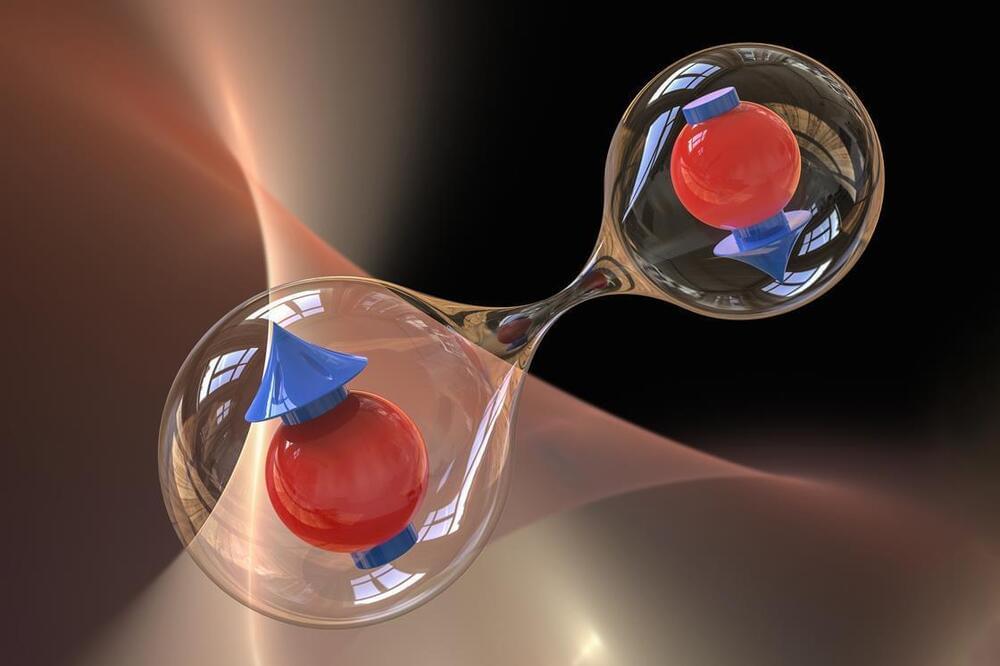Many of us are all too familiar with how strain in work relationships can impact performance, but new research shows that materials in electricity-producing fuel cells may be sensitive to strain on an entirely different level.
Researchers from Kyushu University report that strain caused by just a 2% reduction in the distance between atoms when deposited on a surface leads to a whopping 99.999% decrease in the speed at which the materials conduct hydrogen ions, greatly reducing the performance of solid oxide fuel cells.
Developing methods to reduce this strain will help bring high-performance fuel cells for clean energy production to a wider number of households in the future.
